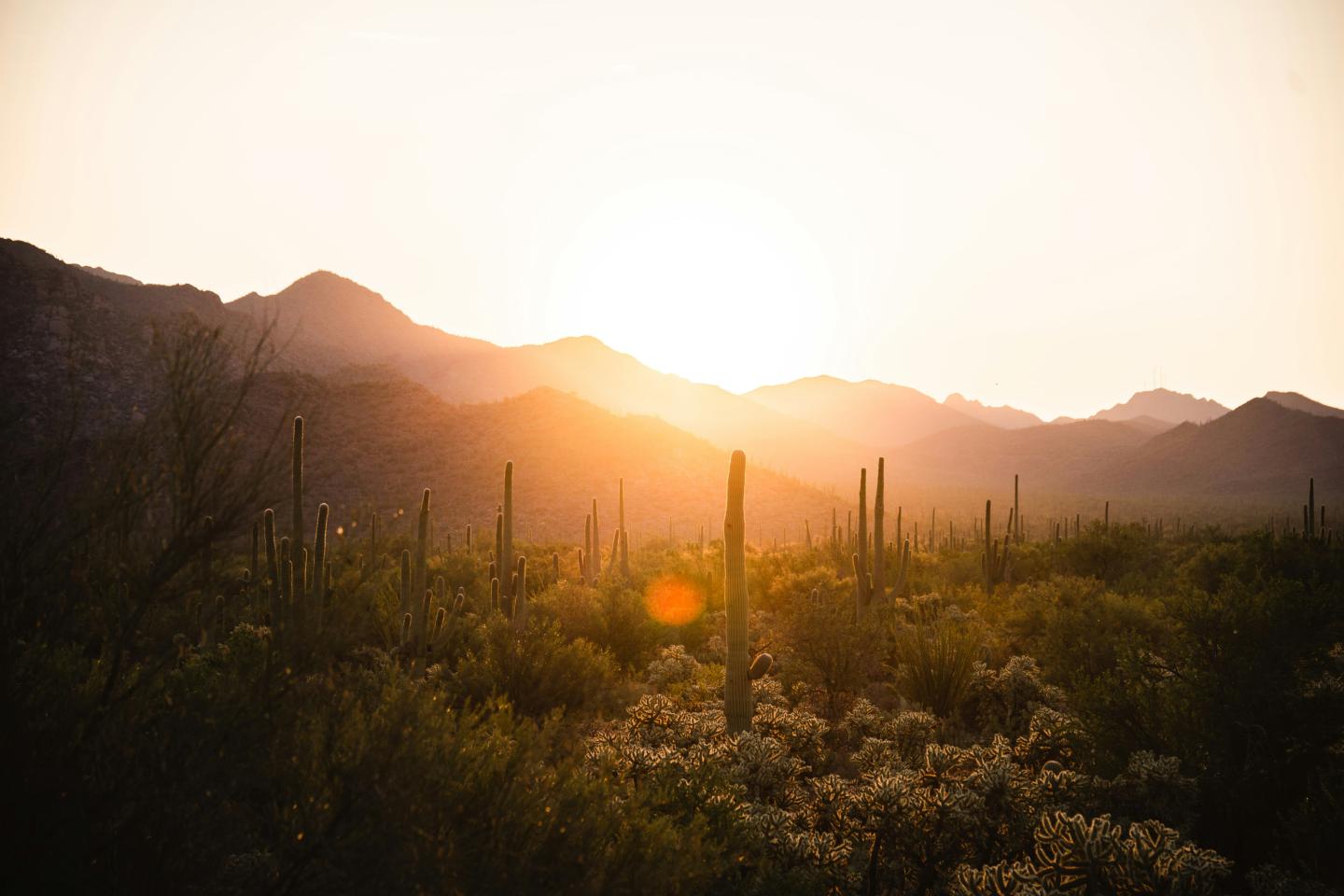
Stalking the Carnivorous Plants of Big Thicket National Preserve
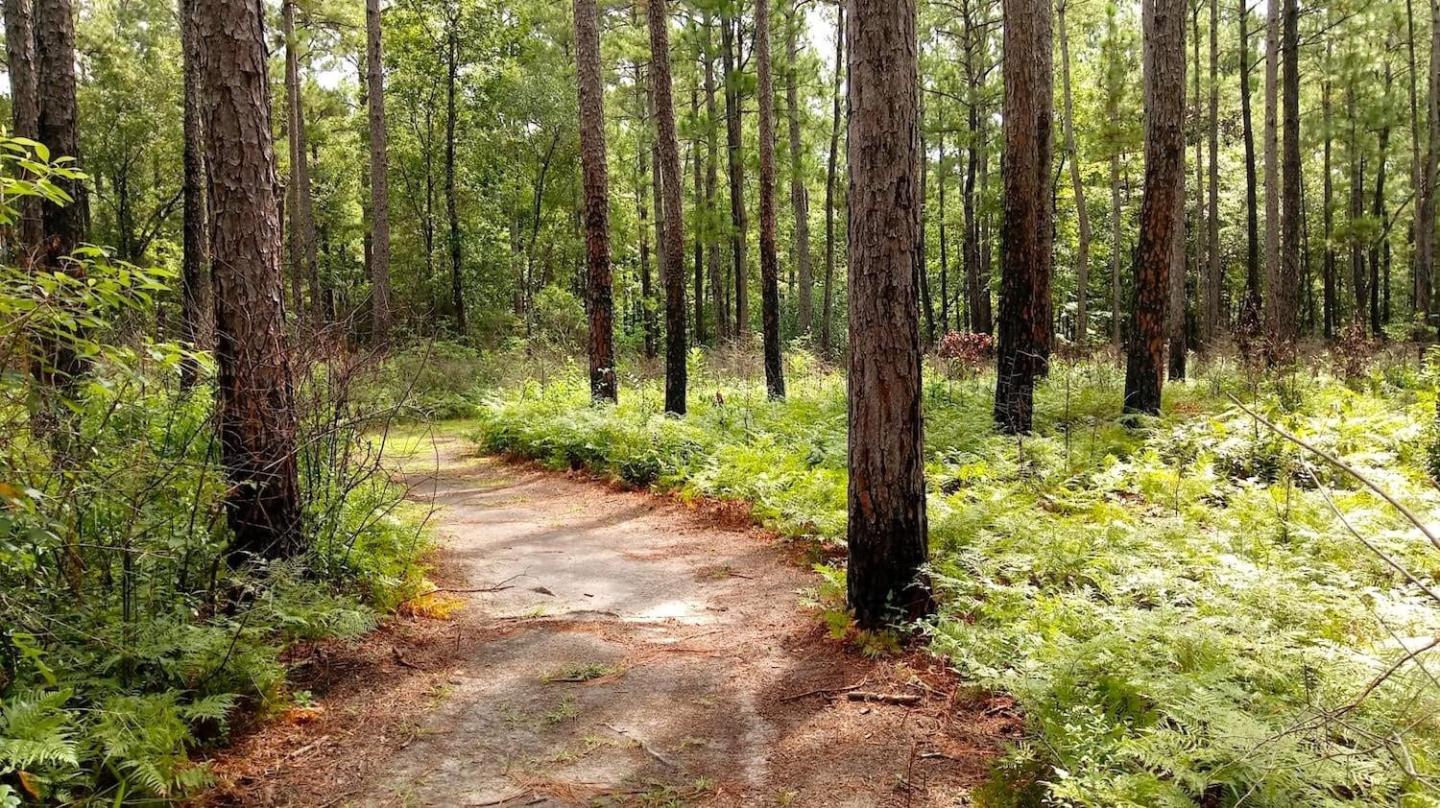
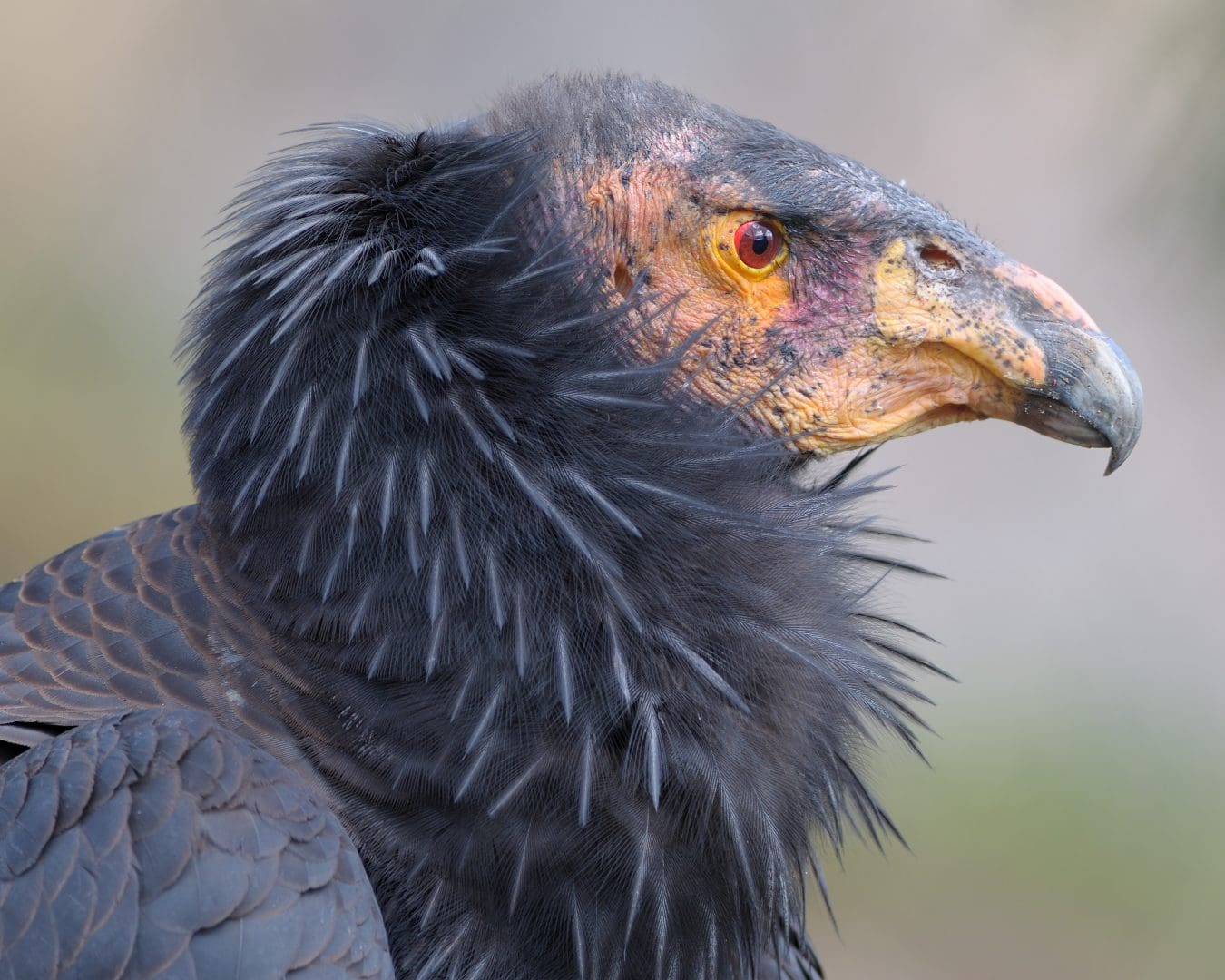
The California condor (Gymnogyps californianus) is an endangered New World vulture and the largest bird in North America. In the 1980s, the entire population of California condors was reduced to 22 birds. With the assistance of captive breeding programs, the condor was brought back from the brink of extinction. Captive-bred birds have been reintroduced to California, Arizona, Utah, and Baja California. There were more than 230 condors in the wild in 2013, but the bird’s recovery has been sluggish.
The extremely slow reproductive rate, usually one egg per clutch, and the fact that females don’t nest every year, prevents condor numbers from booming. Young condors are dependent upon their parents for as much as a year and can take 6 to 8 years to mature.
The Impact of Lead on Condor Reproduction
In addition to a slow reproductive rate, the condor’s susceptibility to lead poisoning caused by ingesting lead ammunition fragments, is a major impediment to establishing a viable wild population. Lead impairs the stress response, and elevated stress is known to interfere with avian reproduction.
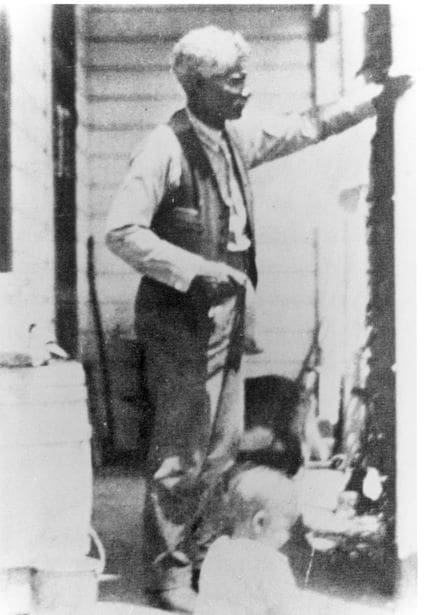
When the war ended in 1865, George was emancipated. Just a 14-year-old boy, however, he stayed on at the ranch another three years, working with livestock and helping his father with blacksmithing. By 17, young McJunkin was ready to follow his dream of becoming a true cowboy. He left home alone and found work outside Comanche, Texas, riding on cattle drives. Next, he trained horses for Gideon Roberds, a former slave owner from Georgia, to sell along the Santa Fe Trail. McJunkin helped Roberds set up his permanent spread east of Trinidad, Colorado. The story goes that McJunkin taught Roberds’ boys, Emmett and Coke, how to break horses and, in exchange, they taught him to read.
By all accounts, McJunkin was hungry to learn: how to wrangle horses, to read, to speak Spanish, to play the violin, to find constellations in the night sky. Fascinated by natural sciences, he collected petrified wood, minerals, and bones to study.
As his reputation for hard work and excellent horsemanship grew, McJunkin was hired by Dr. Thomas Owen, a former Confederate Army officer and the first mayor of Trinidad, to work his Hereford Park ranch on the Dry Cimarron River.
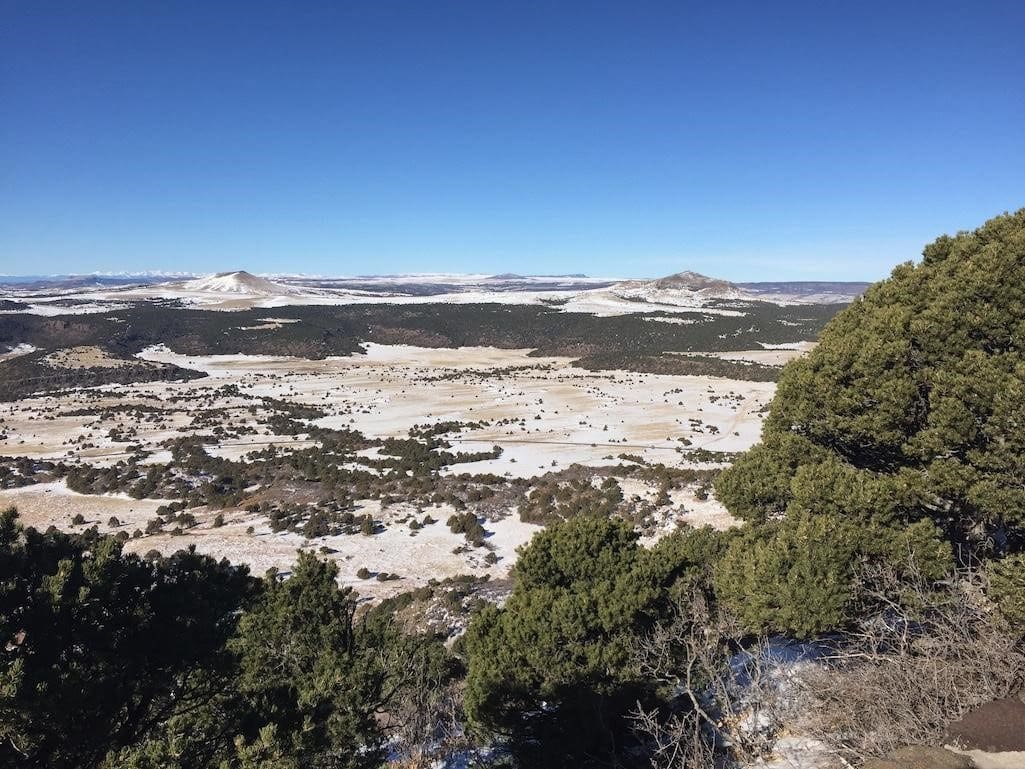
McJunkin had fallen in love with the Dry Cimarron area when he passed through on cattle and horse drives. According to the Folsom Museum, McJunkin climbed Capulin Volcano, taking in commanding views of broad grasslands from its summit, with the snowy peaks of the Sangre de Cristo Mountains to the west. He declared the area “my promised land,” a Biblical reference to Moses leading the Israelites from captivity to a land of their own, and freedom.
Stories abound of his courage and character. How he intervened to save a cavalry lieutenant outnumbered by bandits seeking the military payroll, and how the grateful army officer gave him a telescope in return, which McJunkin carried on his saddle. How he notified the sheriff when he found members of the Ketchum Gang, who had just robbed a train, camped nearby; a search of the campsite yielded a torn note listing their next destination, where they were swiftly apprehended. How, during a 10-day blizzard, he led 20 cowboys and what was left of their herds to safety. How, when Dr. Owen died suddenly, McJunkin helped Owen’s widow and young sons, Ben and Tom, work their ranch until the boys were old enough to take over.
At the nearby Crowfoot Ranch, McJunkin was made ranch foreman, a rare position for a Black man in the 1890s. It was widely acknowledged that he was the best horseman and cowboy in the region. Black, white, and Hispanic cowboys all worked together under his direction.
McJunkin built himself a cabin on the Crowfoot Ranch, settling down at last. He hung shelves to display his collection of artifacts. With his telescope and a transom, he acted as local surveyor, establishing property lines and putting up fences. He bought his own herd of cattle. He played fiddle and guitar at local dances.
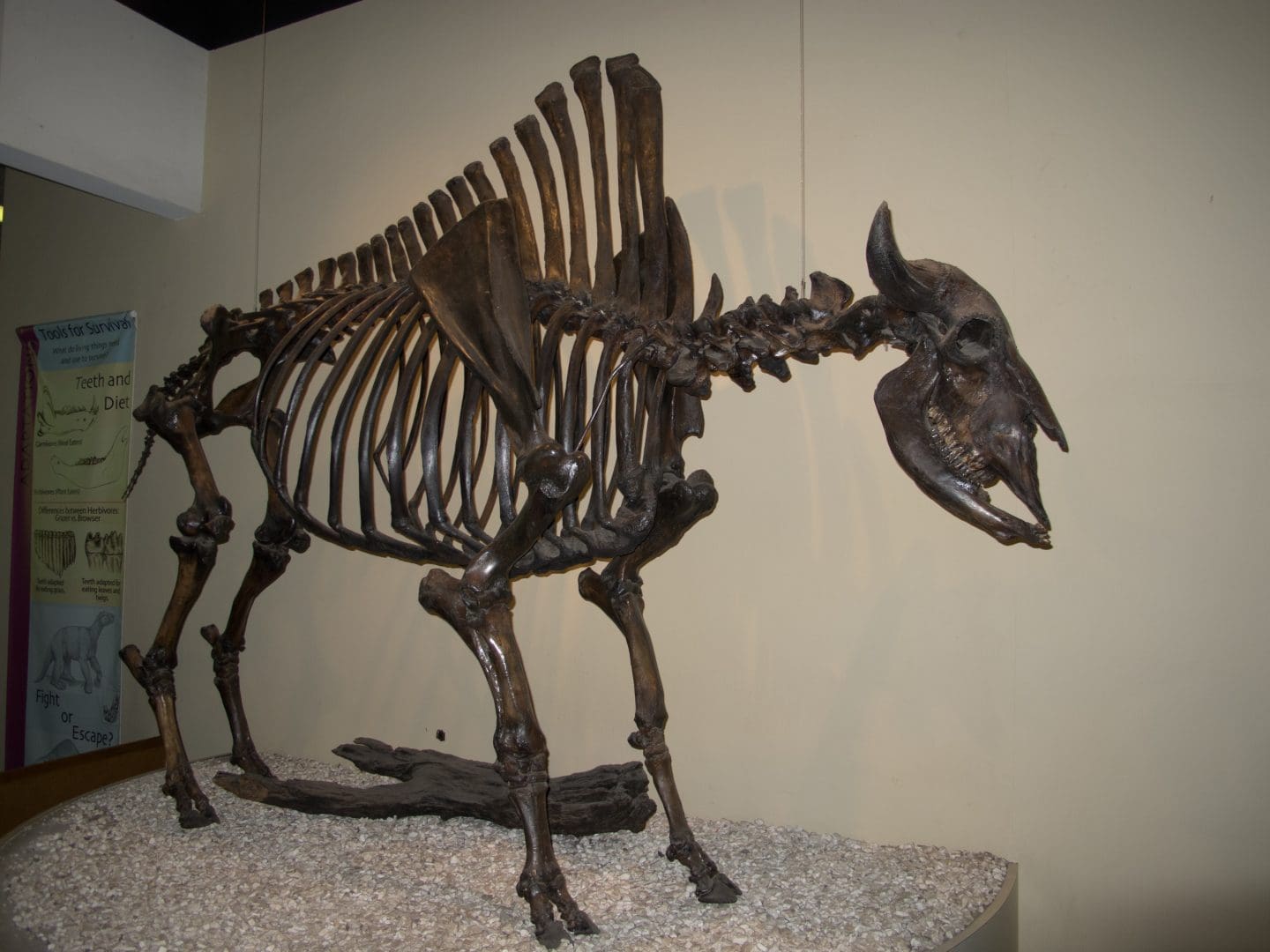
In August of 1908, a heavy thunderstorm dropped 14 inches of rain on the headlands of the Dry Cimarron, and a flash flood swept through the area, killing 17 people in the nearby village of Folsom. As McJunkin rode out to assess the damage, he saw that floodwater had substantially eroded Wild Horse Arroyo. Sticking out of a newly exposed layer of rock 10 feet down, he spied what looked like bison bones, but they were much bigger. Buried at that depth, he knew they were much older, too.
It wasn’t until 1926, four years after McJunkin’s death, that museum archaeologists would verify McJunkin’s find: skeletons of bison antiquus from the Late Pleistocene. Lodged in rib bones still buried in the arroyo, they found stone points, weapons of people who would come to be known as Folsom Man, proving that humans had lived in North America thousands of years earlier than previously thought. It was arguably one of the most important archaeological discoveries of the 20th century.
In 2019, George McJunkin was inducted into the Hall of Great Westerners at the National Cowboy and Western Heritage Museum. Matt Doherty, the great-great-great-grandson of Dr. Owen, accepted the award on McJunkin’s behalf.

You can take in some of the same views McJunkin did when you visit the national monument. An accessible nature trail outside the visitor center winds through an educational exhibit featuring the plants, animals, and geology of Capulin Volcano National Monument. A precipitous, narrow road offers long views across four states as it spirals up and around Capulin Volcano’s steep flanks to the summit. Hiking trails let you explore the extinct volcano’s vents and lava flow formations up close, and allow you to walk into the crater’s bowl.
The 793-acre site is still a landmark for those passing through the area: pronghorn, mule deer, black bear, and migrating elk all stop here, seeking food and shelter in the pinyon/juniper woodland. At night, you can pull out your telescope or binoculars to gaze at the stars for hours in this Gold Tier International Dark Sky Park, or attend a guided moonlight hike or the Dark Sky Festival.
More than ever, Capulin Volcano National Monument captures the imagination of those who travel off the beaten path. With less than 100,000 visitors each year, the monument offers a relatively pristine experience — clean air, clear skies, and an abiding, deep quiet. High above the wide prairies, you can walk a one-mile rim trail around the top of Capulin Volcano, looking out at a cowboy’s promised land where cattle, horses, and bison still roam, reflecting on the curiosity, grit, and resilience of George McJunkin.
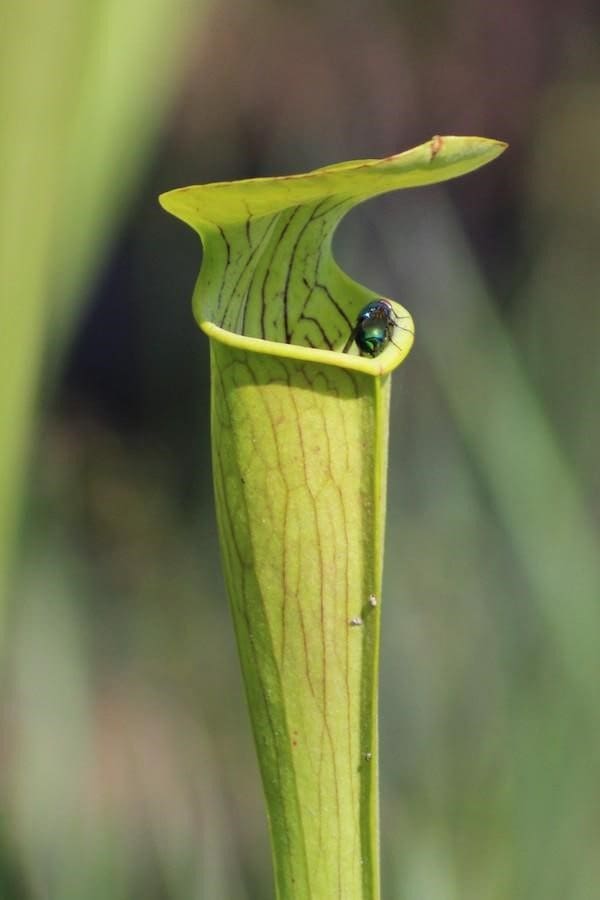
These bristles are actually tentacle stalks, secreting the nectar-scented “dew” to attract insects. The sticky leaves are a trap, sprung by the tiny prey struggling to free itself. Wrapping its wriggling captive with its tentacles, the sundew’s secretions digest needed nutrients from the insect’s soft tissues. It’s a savage world, this wet ditch.
Nonetheless, encouraged by my find, I drive up the road to Sundew Trail. Here, an accessible boardwalk is part of a one-mile trail that loops through a wetland savannah. Yet, try as I might, I cannot spot any sundews where the ranger marked the map. Instead, I continue on to the pitcher plant bog.
Pitcher plants are much easier to spot. They send up foot-tall, modified leaves, each shaped like a narrow vase or pitcher. Down inside this funnel trap, an enticing, scented pool of digestive juices awaits unlucky insects that fall in from the waxy, slippery rim. This early in the spring, all I see are the tan stalks of last year’s plants, dozens or maybe hundreds of them standing dead in the marshy area between trees. I head up to the powerline clearing, but no matter how slowly and carefully I search, I’m not finding anything.
But I haven’t given up. I walk back toward the bog, looking closely at the dead pitcher plants. I can’t be sure of what I’m seeing, so I step carefully onto a wet log at the very edge of the trail, crouching to get a closer view. Sure enough, the pitcher plants in the warmest, sunniest area are putting out new growth. Four- to eight-inch pitchers unfurl like ferns beneath the old growth, rising from the common root that survives.
I have been lured in by Big Thicket National Preserve. And I’ve only seen a tiny corner of it. With more than 30 miles of hiking, biking, and horseback trails and 10 times that mileage in water trails to canoe or kayak, Big Thicket offers a wide variety of ways to experience this remarkable region.
Birdwatching, fishing, and hunting are all available; seasonal hunting permits are free, as are backcountry camping permits. I’d like to paddle my gear into Big Thicket’s quiet interior, and pitch my tent on a sandbar—really get my feet wet. I want to come back, try to find the butterworts as they begin blooming, and bladderworts that float. I’m starting to see how the incredible natural diversity, preserved and protected here, is the strength of Big Thicket.



